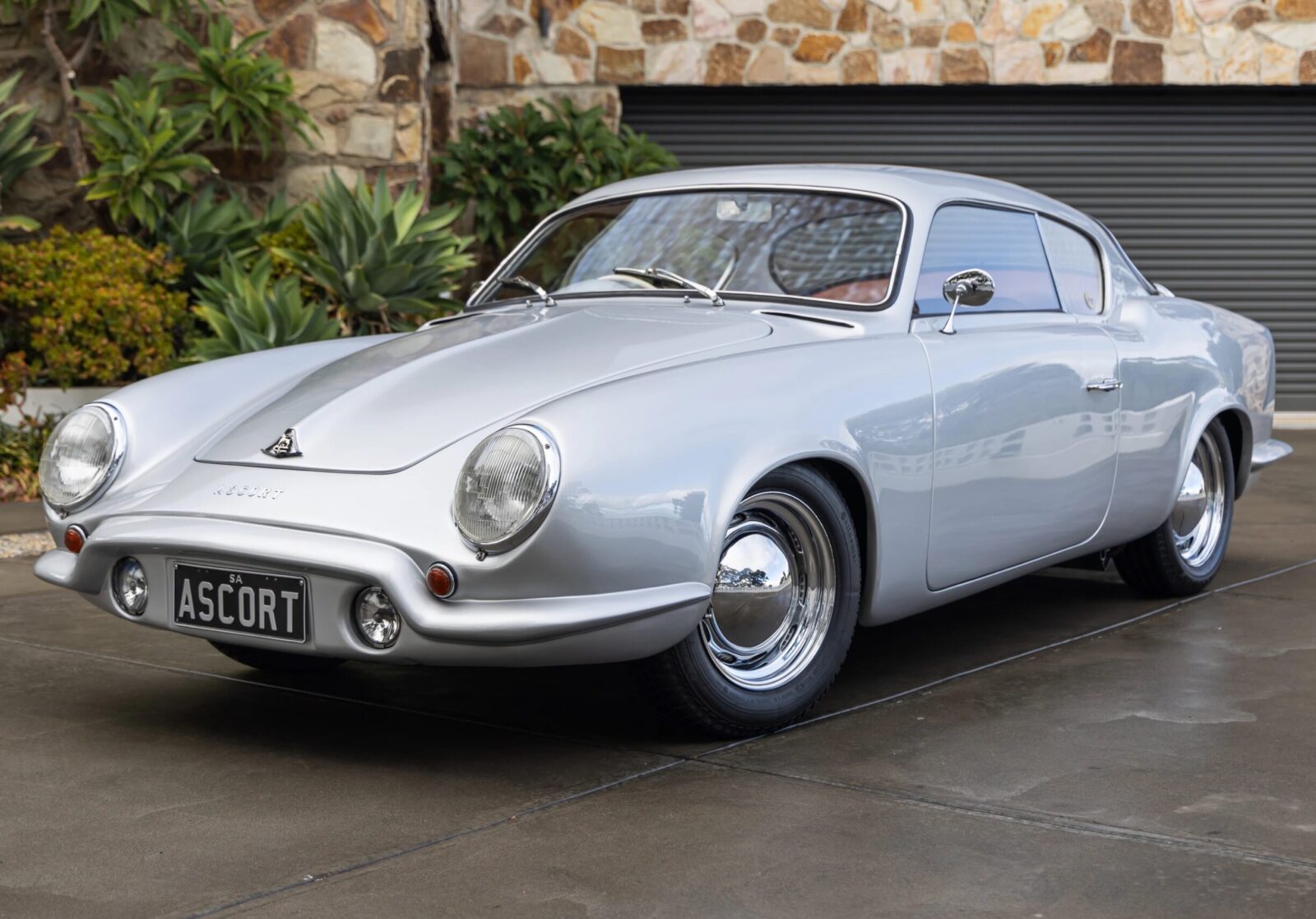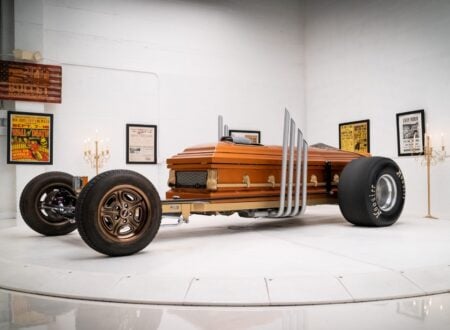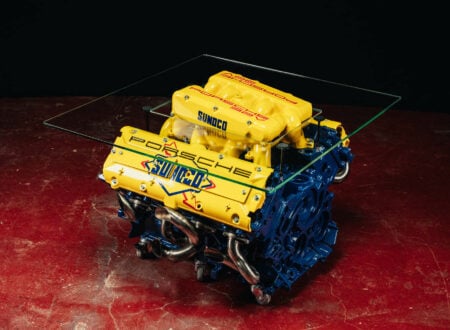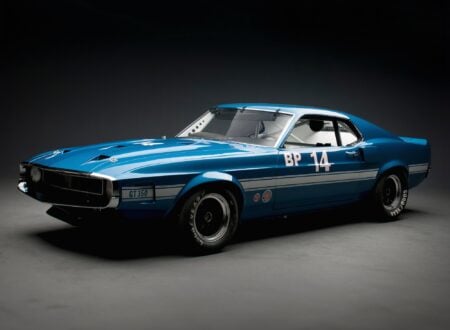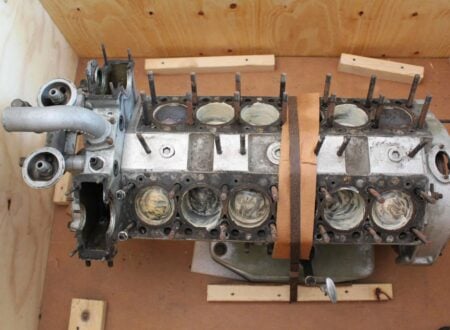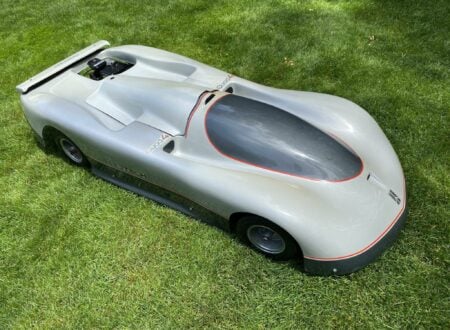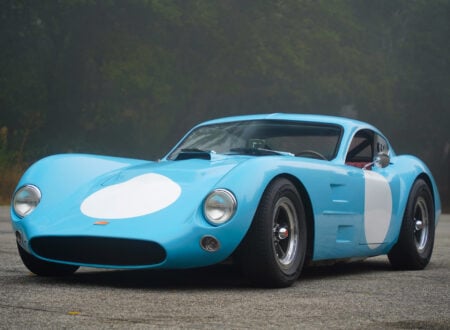This is an Ascort TSV, an Australian-built car with German and Czechoslovakian roots, that was produced between 1958 and 1960. Just 13 were made, and they’re now almost entirely unknown outside their country of origin.
The Ascort TSV was developed as an Australian answer to the Porsche 356 and to the Karmann Ghia of the same era. The local demand in Australia for the car was sky-high, but the difficult realities of mass-production meant that it would forever remain a rare sight on the road.
Fast Facts – The Ascort TSV
- Post-WWII saw a significant influx of European migrants to Australia, including Mirek Craney from Czechoslovakia, an aspiring car designer who admired the Porsche 356 and Volkswagen Karmann Ghia.
- Craney designed the Ascort TSV, a four-seat coupe integrating styling elements from the Porsche 356 and Karmann Ghia, but with unique touches. It featured a fiberglass prestressed double shell with a bonded-in steel tubular frame for increased rigidity and safety. The car was envisioned as a sporty yet practical option for small families, suitable for daily use and weekend getaways.
- The Ascort TSV was equipped with an upgraded Volkswagen air-cooled flat-four engine, enhanced with parts from Okrasa and Porsche, boosting its output to 54 bhp—a significant increase over the standard 1,300cc VW engine. It achieved a top speed of 96 mph and could accelerate from 0 to 50 mph in 12 seconds, supported by its lightweight build of just 1467 lbs.
- The Ascort TSV debuted at the 1959 Melbourne Motor Display, getting 57 pre-orders. Unfortunately, only 13 units were ultimately completed and delivered, with parts for an additional six partially assembled before the company folded. While Continental Coachwork of Sydney and the Ascort TSV have largely faded into obscurity, a few of the original cars still exist and are believed to remain in Australia.
The Australian Answer To The Porsche 356
During the post-WWII period Australia was one of many nations to see an influx of migrants from Europe, including many from Eastern Europe who were leaving while they still could. History would later show that those who left made the right decision, as the Iron Curtain fell and getting out became almost impossible for those still there.
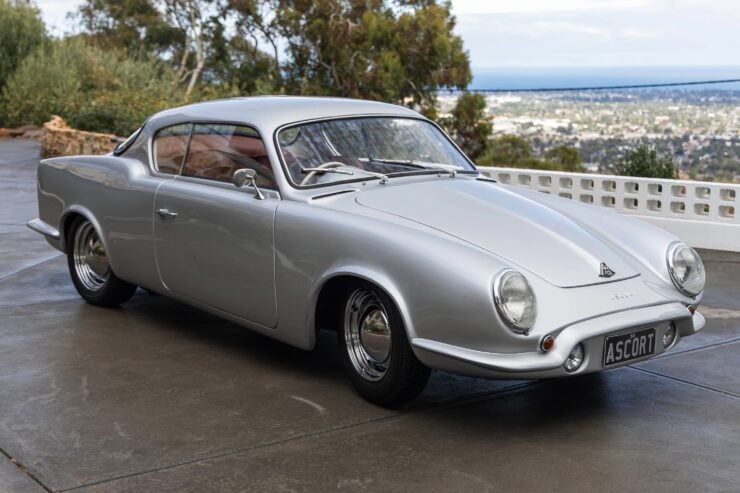

One of the people to leave and head for Australia was a Czechoslovakian man named Mirek Craney, who was passionate about car design, and who had a special place in his heart for both the Porsche 356 and the Volkswagen Karmann Ghia.
When he arrived in Australia he set to work using a new wonder material called “fiberglass” to design his own car, using a modified VW Beetle platform. Fiberglass has been called the carbon fiber of the 1950s, as it was strong, lightweight, and far easier to shape into complex automotive bodies than more traditional materials like steel and aluminum.
Mirek Craney’s vision was for a four-seat coupe with adequate space for luggage, a car that would have sporting credentials but that would also be suitable for couples with young children seeking a car they could both use every day, and use for weekend trips away.
The body of his car would take inspiration from both the 356 and the Karmann Ghia, though it included many of his own stylistic touches, and certainly wasn’t a replica or a copy. The body was a fiberglass prestressed double shell with a bonded-in steel tubular frame to ensure that it would be rigid, as well as safer in an accident.
The Ascort TSV would be powered by a Volkswagen air-cooled flat-four that had been upgraded with components from Okrasa and Porsche. In its new revitalized form the engine could produce 54 bhp, as much as 20 bhp more than the original 1,300cc VW unit. Later, there were more powerful models in development claimed to make 70 bhp, but these never reached production.
Performance was respectable by the standards of the time, with a top speed of 96 mph and a 0 – 50 mph time of 12 seconds, note that it’s not a 0 – 60 time however. The curb weight of the Ascort TSV was just 1467 lbs, approximately 200 lbs lighter than the lightest version of the Beetle, and this further helped with performance.
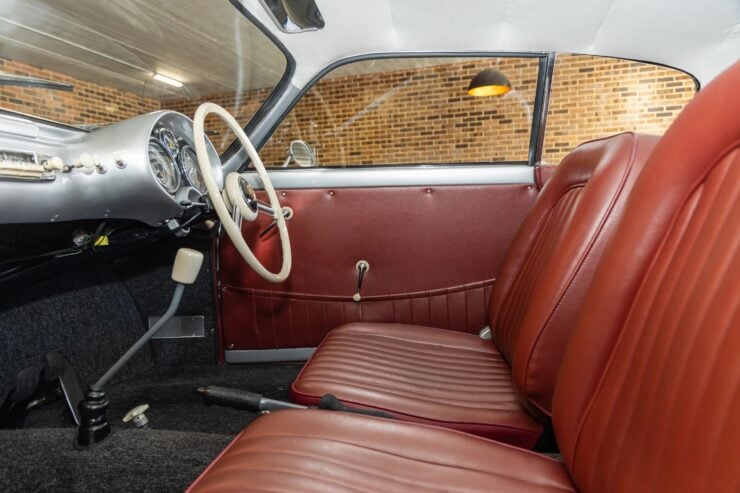

The Ascort TSV prototype was displayed at the 1959 Melbourne Motor Display organized by Modern Motor Magazine where it quickly won 57 pre-orders from attendees. Sadly only 13 would be completed and delivered before the company went the way of Tucker, but parts for an additional 6 bodies were at least partly completed.
The Ascort TSV and the company that produced it, Continental Coachwork of Sydney, Australia, have now been almost completely forgotten, but a handful of the original cars do remain, and all are believed to still be in Australia.
The Ascort TSV Shown Here
The car you see here is one of the best-known of the surviving Ascorts, it’s been to countless shows in Australia working to keep the name of the marque alive. It was previously a show car, then a hillclimb race car, and it’s now been restored back closer to how it would have been new.
Perhaps the one key difference is that it’s now powered by a 1.6 liter Porsche 356 engine, offering considerably better performance than the 1.3 liter original, and power is sent to the rear wheels via a 4-speed manual transaxle.
This car has been with the current owner for 17 years and it’s showing 6,798 miles on the odometer. It’s painted in Brilliant Silver and it’s fitted with a set of Porsche 356 15 inch steel wheels with chrome hubcaps.
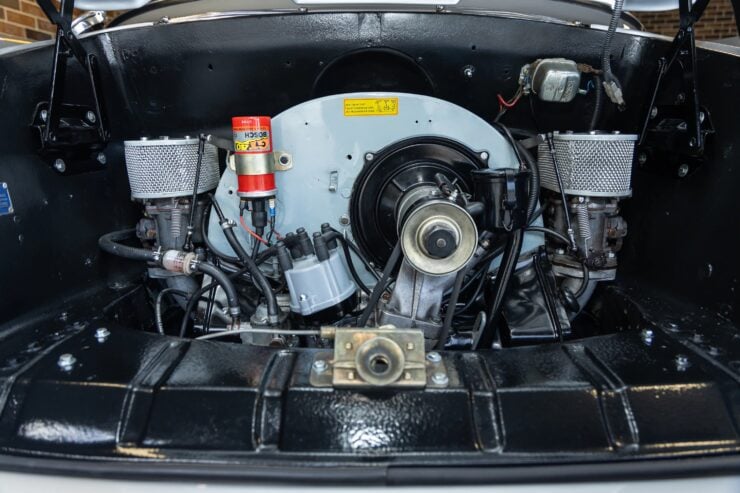

Inside you’ll find a red vinyl upholstered interior, with a cream two-spoke Porsche steering wheel and a Blaupunkt radio. The car also benefits from the fitment of Porsche 356-specification brakes, and it comes with a stack of magazine features and other literature, a toolkit, a spare wheel, a record of its service history, and a scale model of the car.
It’s now being offered for sale out of Belair in South Australia on Collecting Cars. If you’d like to read more about it or register to bid you can visit the listing here.
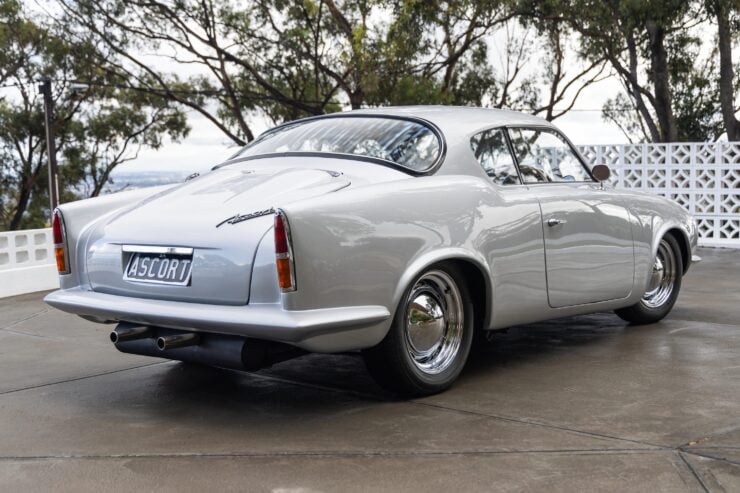
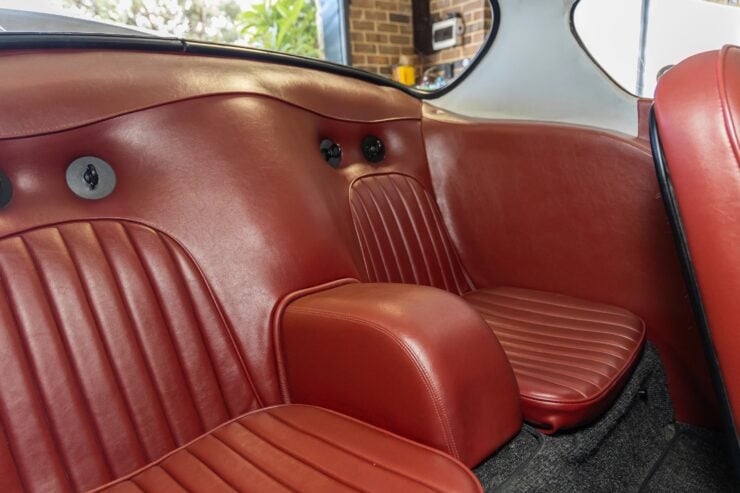
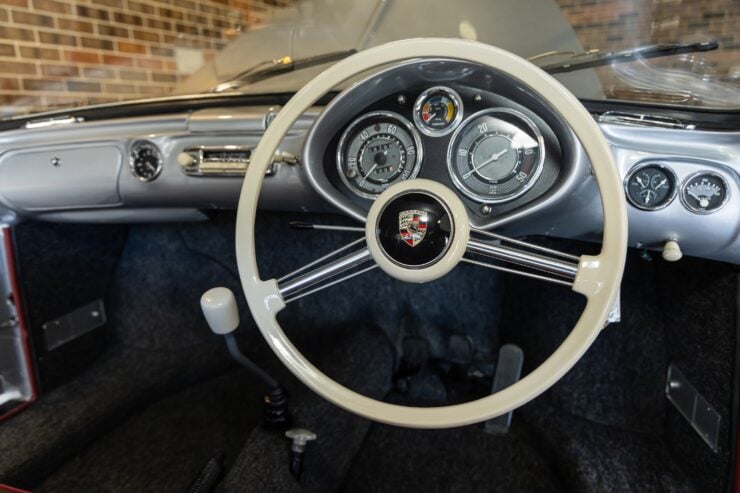


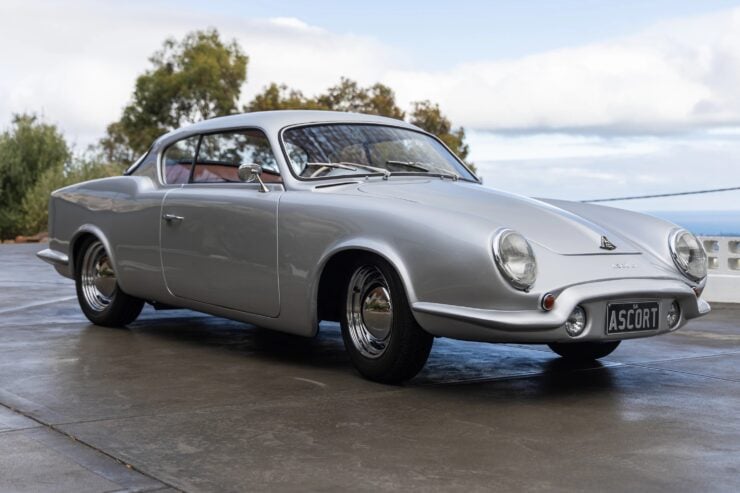
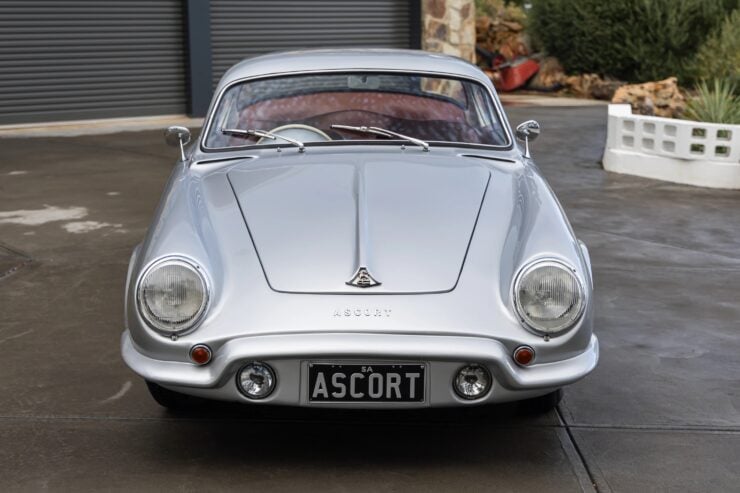
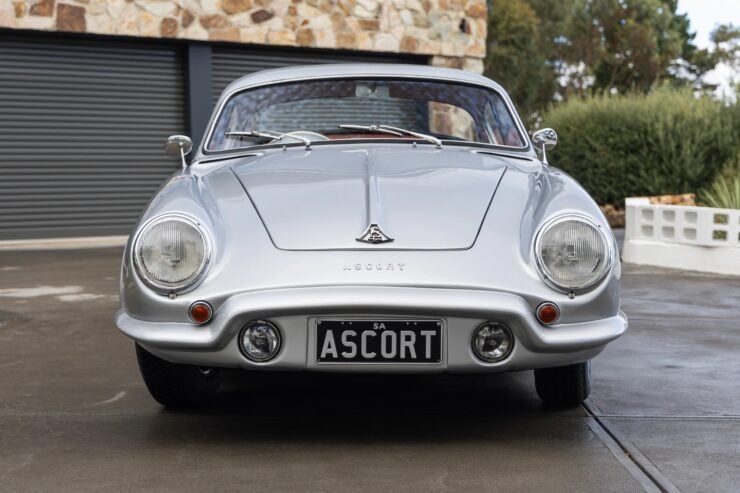
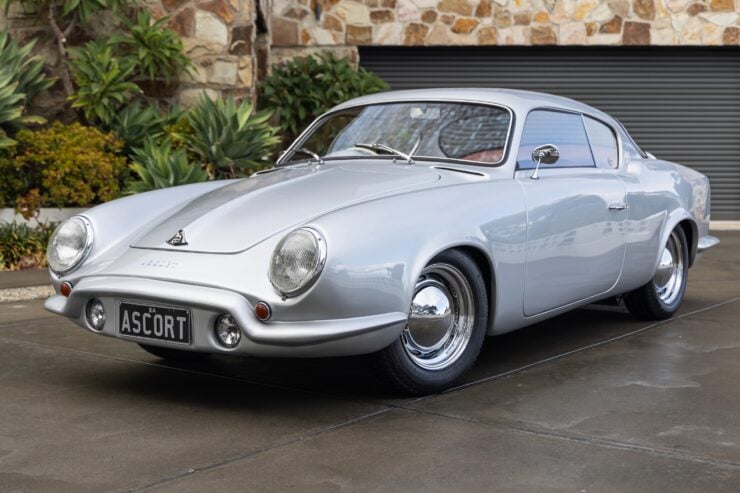
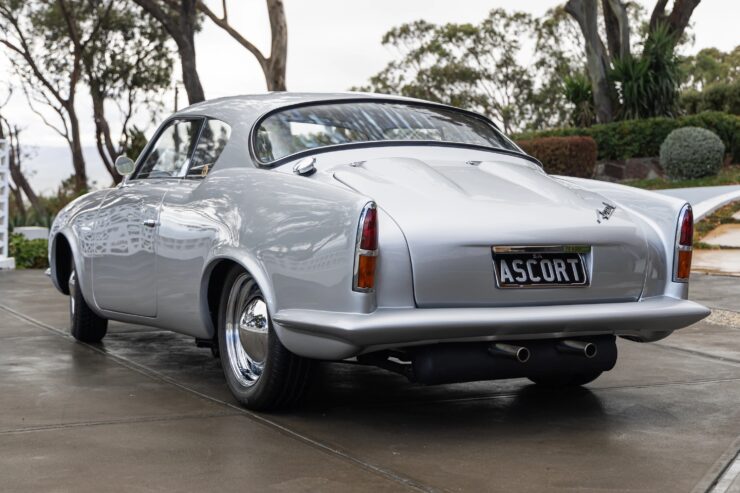
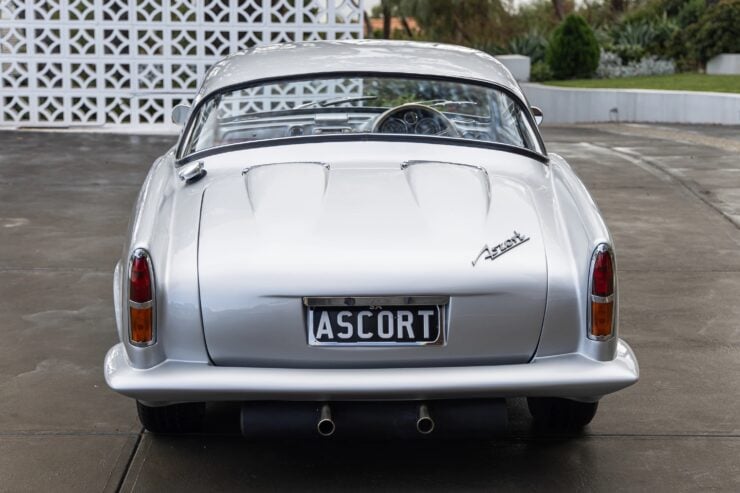
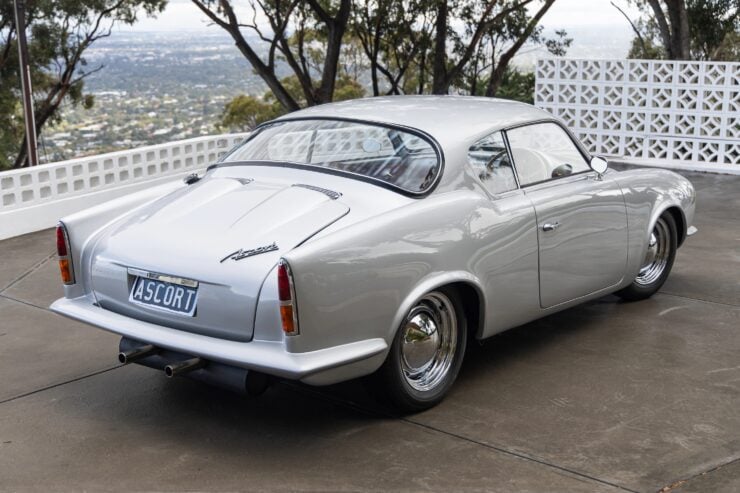
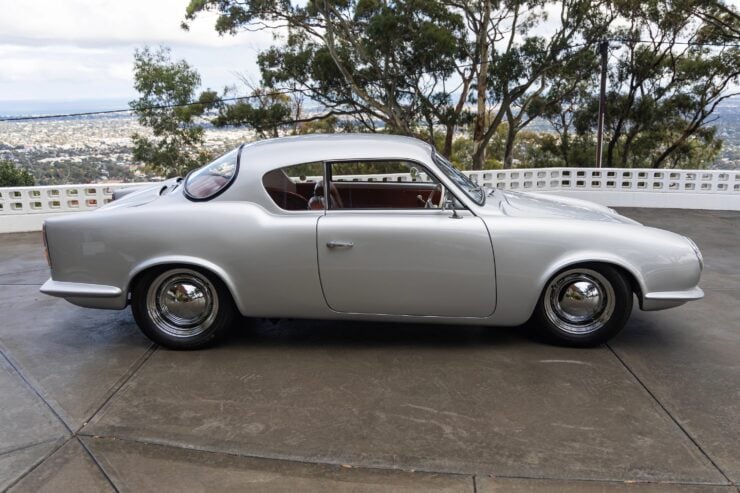
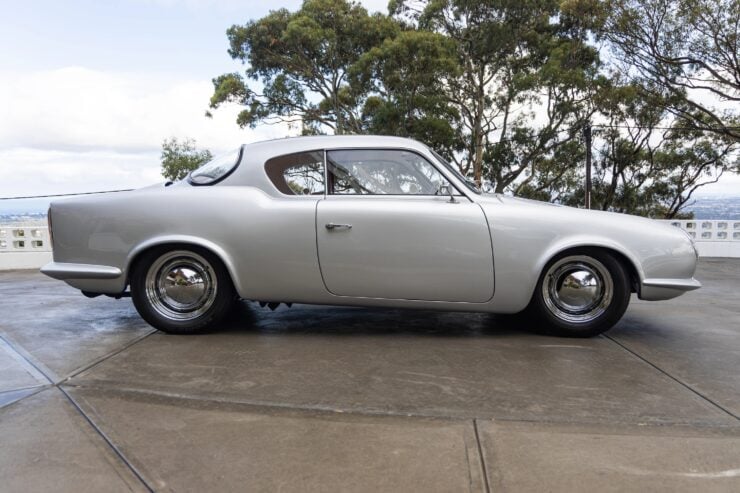
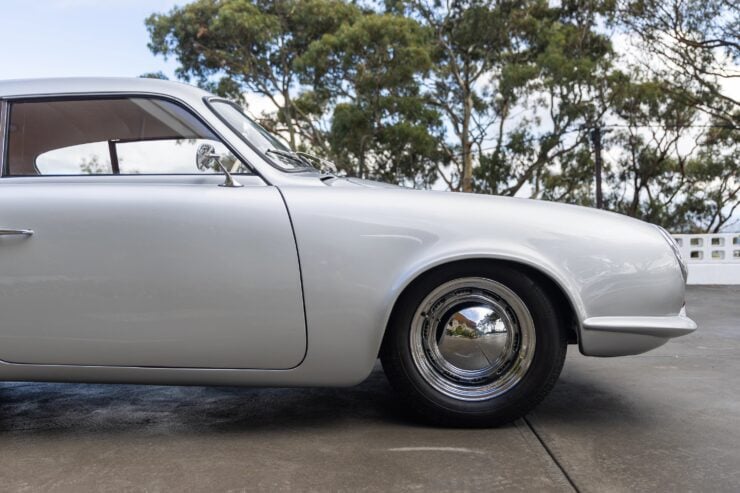
Images courtesy of Collecting Cars

Articles that Ben has written have been covered on CNN, Popular Mechanics, Smithsonian Magazine, Road & Track Magazine, the official Pinterest blog, the official eBay Motors blog, BuzzFeed, Autoweek Magazine, Wired Magazine, Autoblog, Gear Patrol, Jalopnik, The Verge, and many more.
Silodrome was founded by Ben back in 2010, in the years since the site has grown to become a world leader in the alternative and vintage motoring sector, with well over a million monthly readers from around the world and many hundreds of thousands of followers on social media.

